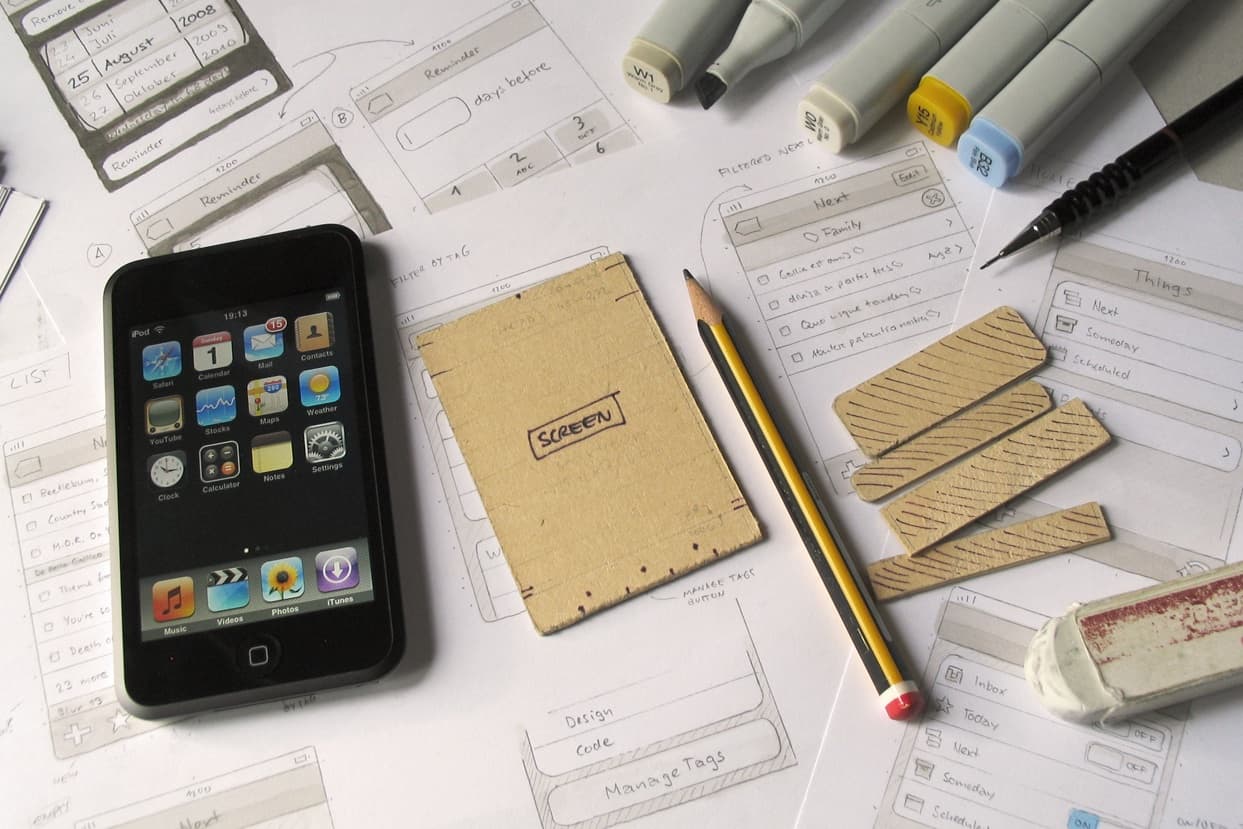As you probably know, before allowing anything into the App Store, Apple reviews not only new applications but also each update of existing ones. This process took quite some time for 1.0.1, but we are happy that it is finally available. The update brings important bug fixes and a German localization.
Syncing will be part of the next update. Coding of the desktop/iPhone sync feature is almost complete! Jürgen has successfully synced the 800 items in his library (not including the logbook). During the next few days we will apply final tweaks, ensure that the whole process is forgiving of network failures. And of course, we will be doing extensive testing.
Users of many other applications have reported data loss problems after installing updates, and sadly, Things is no exception. This is not a fault on our side, but rather a strange bug in iTunes/iPhone OS. From a quick survey on Twitter we can tell, that for most users the update went without a hitch. But a few users reportedly lost their data. As far as we know, no one has yet been able to reliably reproduce this bug, so we don't know how long it will take Apple to fix it.
Once syncing between Things and Things touch is finished and available, the whole data loss issue will be much less of a threat. In the meantime, and for those of you who don't use Things on the desktop, there is a procedure you can follow to prevent data losses until Apple has resolved the issue. Note that this procedure works equally well for all iPhone applications, not just Things.
Updating safely
- Back up your iPhone by syncing it with iTunes just before you install any update.
- Disconnect your iPhone and install the update on the device.
-
If you didn't lose your data, all is fine. If you did lose your data, you can restore it from the backup. But you have to be very careful. When
you connect your iPhone to your computer, iTunes automatically overwrites the existing backup with a new one. Since you just lost your data on the device,
this will effectively delete your previous backup from iTunes! To prevent this, you need to do the following:
- Disable automatic syncing for your iPhone in iTunes' preferences before you connect the iPhone again (iTunes > Preferences > Syncing > Disable automatic syncing for all iPhones and iPods).
- Connect your iPhone and wait until it appears in iTunes' sidebar. Since syncing is disabled, iTunes won't back up your data automatically.
- Right-click (or control click) on the iPhone and select "Restore from backup".





